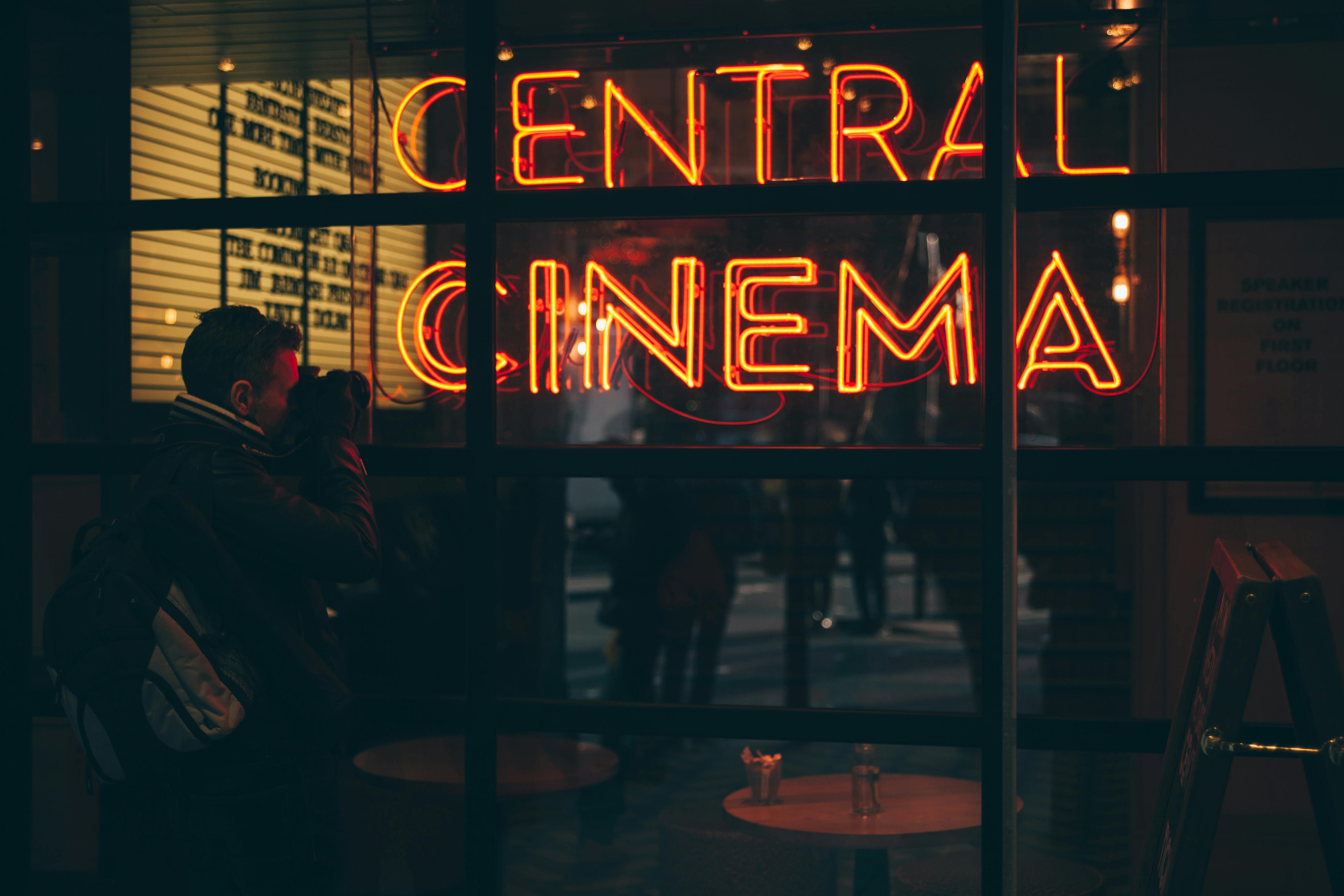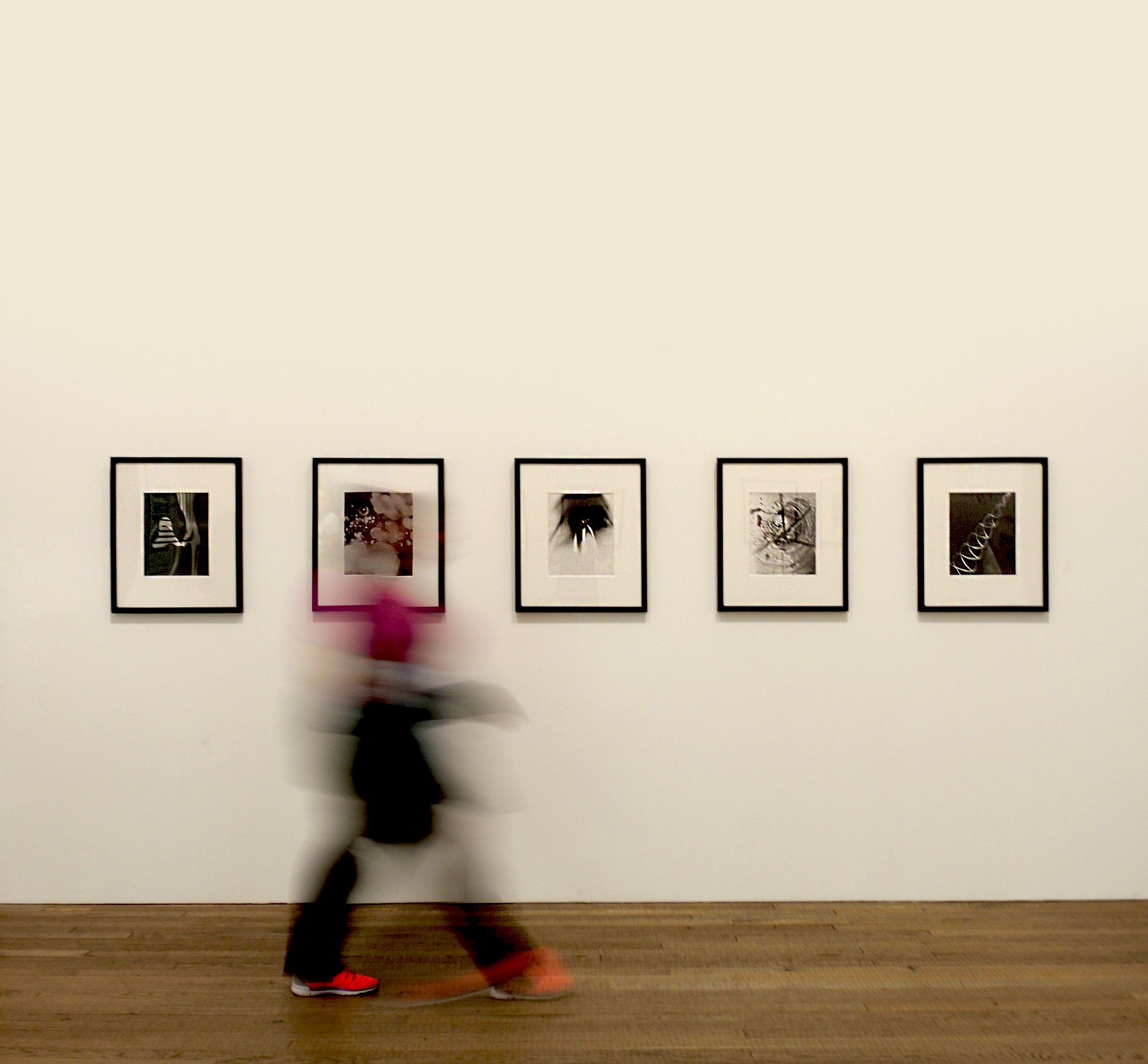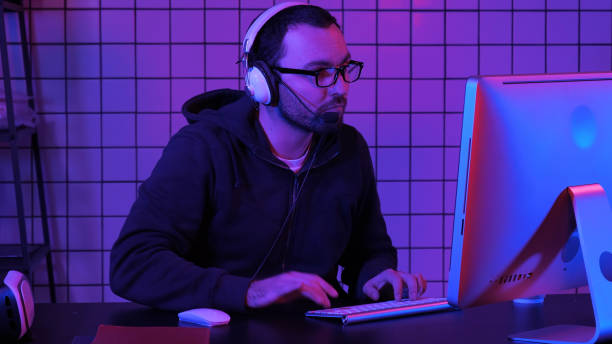Unmasking the Mysteries: The Impact of Magic Realism in Modern Cinema
The magical realism genre is slowly taking over the modern film industry. Its unique blend of reality and fantasy is captivating audiences and critics alike. This article explores the rise of magical realism in cinema, its historical context, its current impact, and what we can expect from the future of this fascinating genre.

The Genesis of Magic Realism
Magical realism originated in Latin American literature in the mid-twentieth century, marked by works of celebrated authors such as Gabriel Garcia Marquez and Isabel Allende. They wove ordinary, realistic narratives with elements of magic and fantasy, blurring the lines between the mundane and the extraordinary, the physical and the metaphysical.
This genre quickly found its way into the world of cinema, offering filmmakers an innovative storytelling technique that challenged conventional norms. Classics like “One Hundred Years of Solitude” by Garcia Marquez were adapted into films, introducing audiences to the captivating world of magical realism.
The Ascendancy of Magic Realism in Cinema
In the past decade, the film industry has seen a surge in movies that incorporate elements of magical realism. From critically acclaimed films like “Pan’s Labyrinth” and “Beasts of the Southern Wild” to commercial successes like “The Shape of Water”, magical realism has found its place in the cinematic universe.
These films have garnered significant attention and praise for their unique narrative style. They present a distorted version of reality, blending the ordinary with the extraordinary, the physical with the fantastic, creating a mesmerizing cinematic experience that captivates audiences and leaves them intrigued.
Contemporary Resonance
The popularity of magical realism in modern cinema can be attributed to its ability to provoke thought and evoke strong emotional responses. In an era marked by uncertainty and change, magical realism provides a unique lens to view and interpret the world, offering an escape from the harsh realities of life.
Moreover, the genre allows filmmakers to explore complex themes and social issues with subtlety and depth. By intertwining the fantastical with the real, they can address topics such as racial inequality, environmental degradation, and political corruption in a way that is accessible and engaging for audiences.
The Future of Magic Realism in Cinema
As the world continues to change and evolve, so too does the landscape of cinema. The rise of magical realism marks a significant shift in the way stories are told and perceived. With its unique blend of reality and fantasy, this genre offers endless possibilities for creativity and innovation.
Given the current popularity of magical realism, it’s safe to predict that the genre will continue to grow and evolve, offering audiences fresh, unique, and thought-provoking cinematic experiences. Whether it’s exploring the complexities of human nature or critiquing societal norms, magical realism in cinema is here to stay.
In Conclusion
Magical realism has undoubtedly made a significant impact on modern cinema. Its unique blend of reality and fantasy has captivated audiences and critics alike, pushing the boundaries of traditional storytelling and propelling cinema into a realm of endless possibilities. As the film industry continues to evolve, the influence of magical realism is set to grow, offering audiences new and exciting cinematic experiences.






